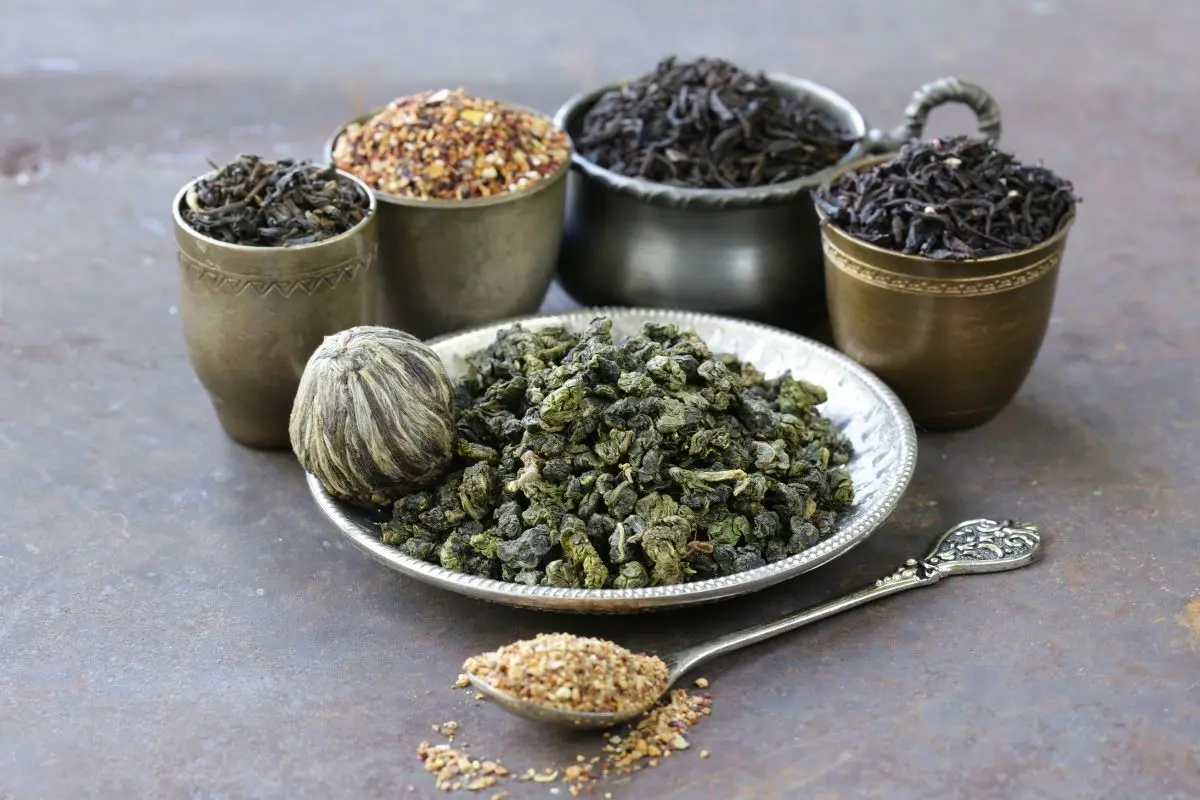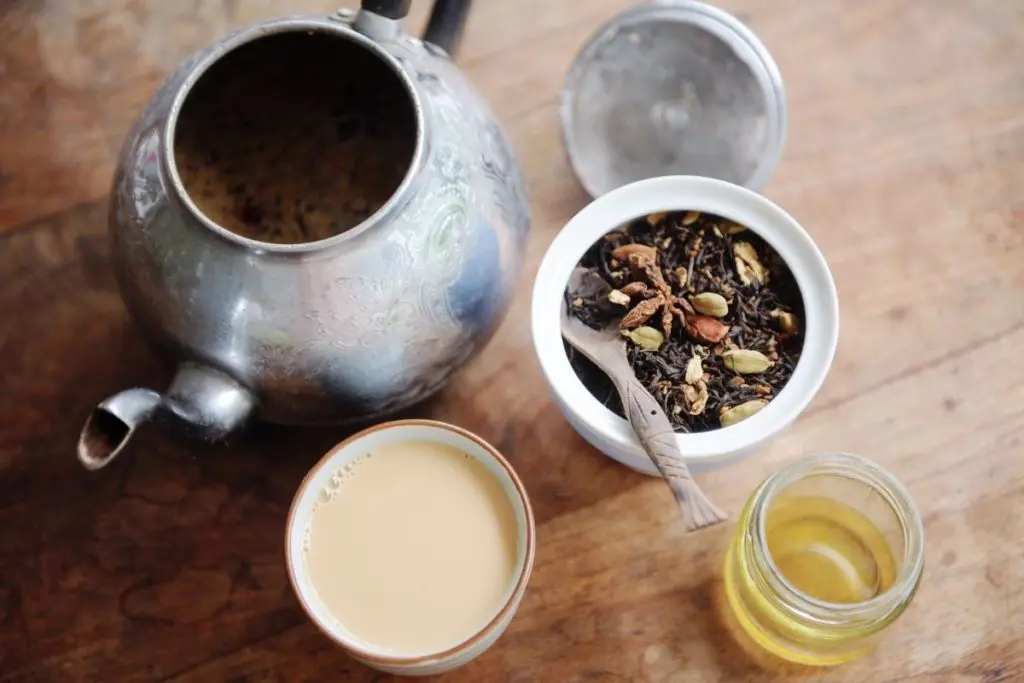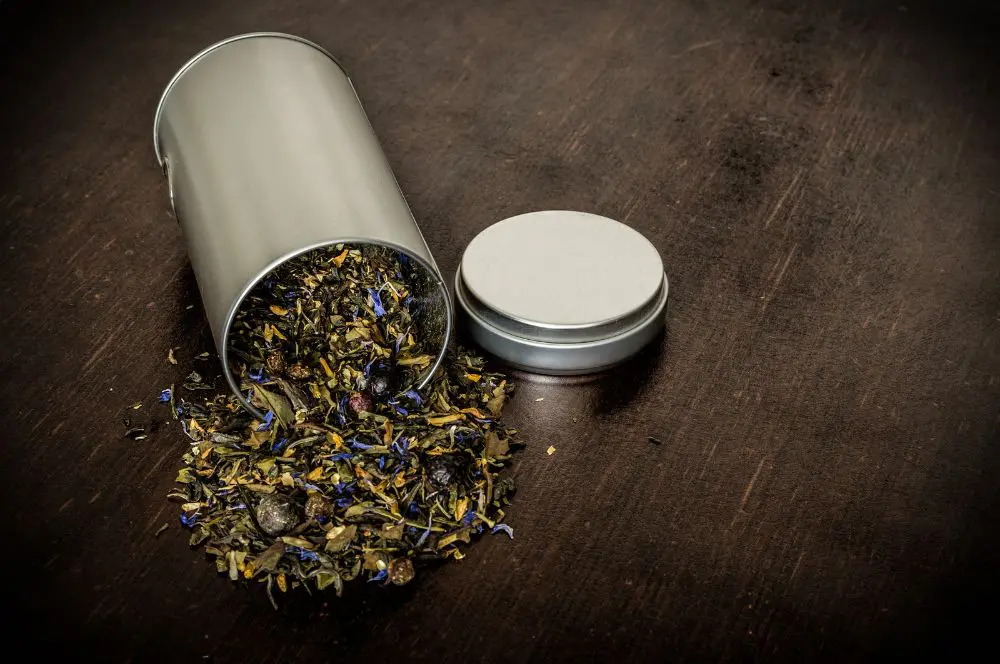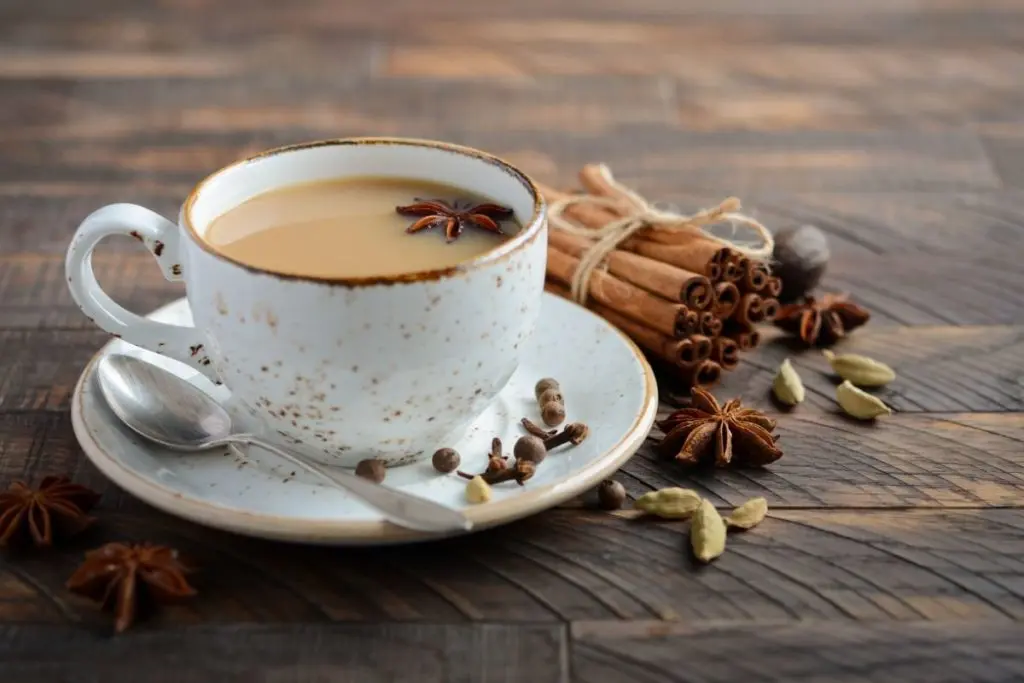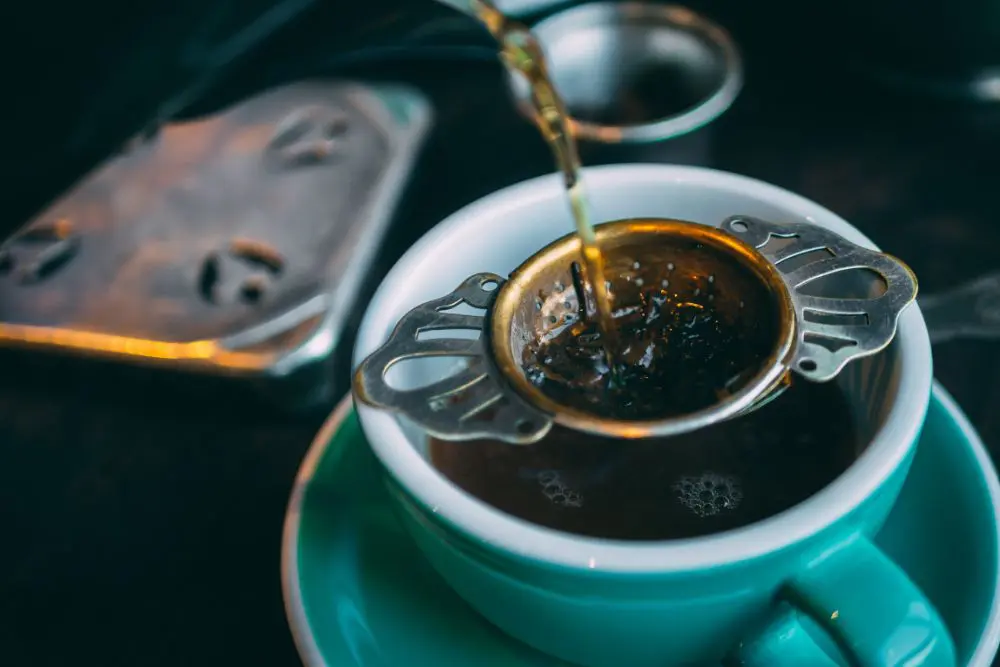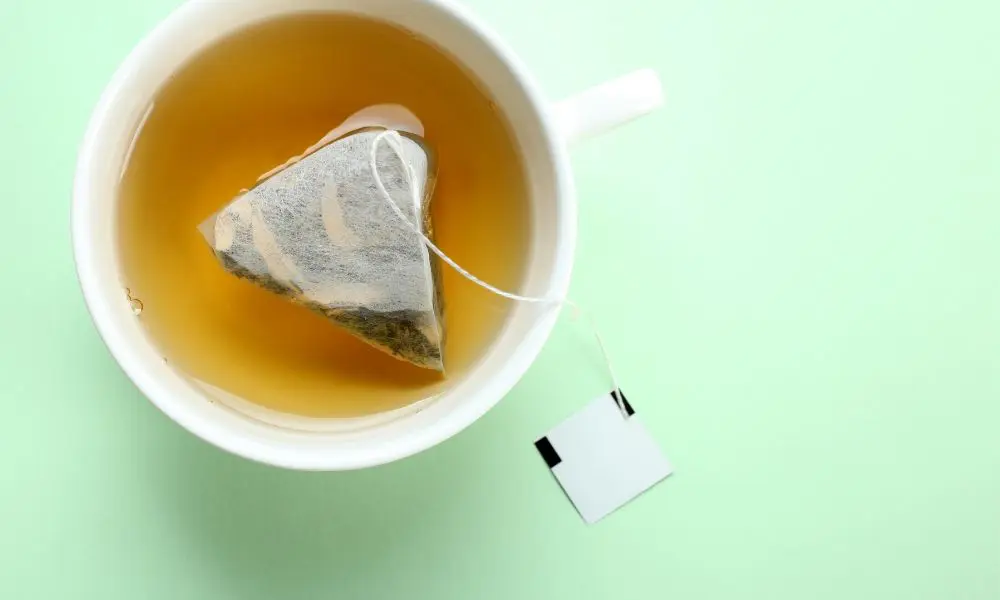Tea is an incredibly versatile beverage, with all different flavors and aromas to tantalize the senses. Two very popular teas are white and green tea. In this article, we will dissect the similarities and differences between white and green tea so you can figure out which one is good for what. We’ll take a look at white tea vs. green tea benefits, flavors, caffeine levels, and more.
What is White Tea?
So, what exactly is white tea? It is made from a plant called camelia sinensis. The buds are harvested and are wither in the sun, and then withered even more in an indoor setting. Because of how minimally the leaves are processed, they maintain the downy white hairs on the buds, giving white tea its name.
Flavor
White tea is very aromatic, light, and not as grassy as green tea. It can taste somewhat flowery and is often paired with fruit infusions to enhance the aromas. It is the lightest of the teas, green and black, each being stronger in its grassiness.
Does it Contain Caffeine?
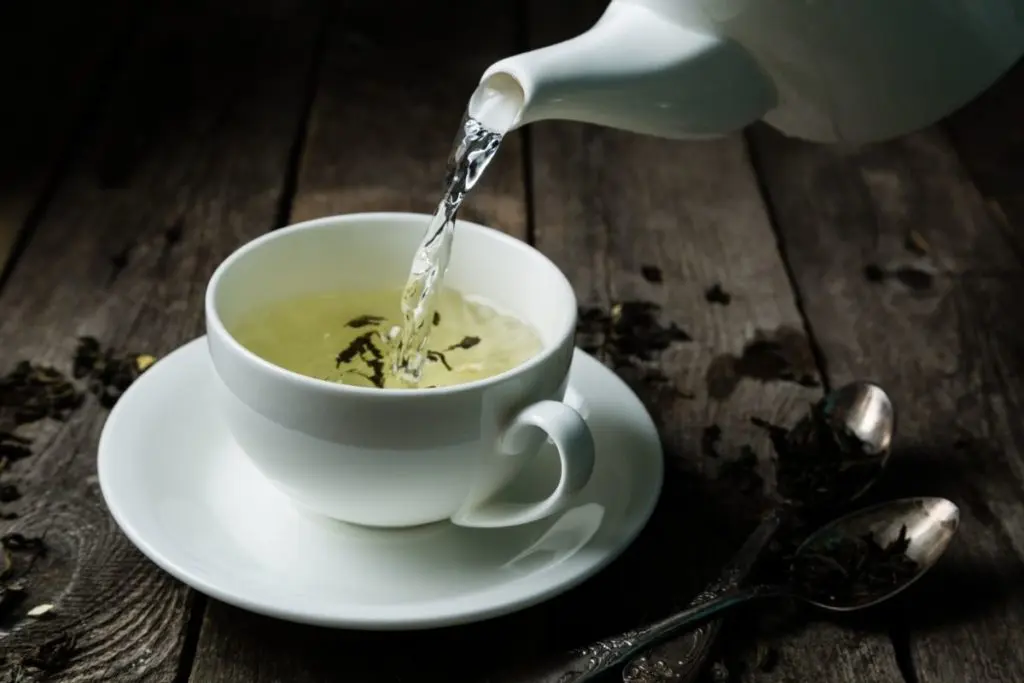
Yes, white tea is caffeinated. Because the leaves dry so quickly after being harvested, the leaves have a lot of caffeine in their dried form. However, upon being steeped, they tend to have the lowest caffeine levels out of black, green, and oolong teas. This is because tea caffeine levels have a lot to do with how long you steep the leaves for, and how hot the water is.
Benefits of White Tea
1
Anti-aging Properties
Polyphenols are important antioxidants that the body needs to prevent damage from happening to cells. White tea is full of polyphenols, which are known to have numerous health benefits. They are antioxidants, which help the body stay protected from free radicals. Free radicals are harmful molecules that contribute to everything from aging to having a weakened immune system.
2
May Lower Heart Disease Risk
Heart disease is a killer, and chronic inflammation can be a major component in causing it. The lovely polyphenols in white tea can have quite an impact on reducing inflammation, as well as supporting a healthy immune system, another key to preventing heart disease. In fact, after analyzing 5 scientific studies, scientists found that those who drank 3 cups of tea per day (or more) were at a 21% lower risk of heart disease.
3
May Fight Bacteria in Mouth
One thing that may surprise you about white tea is that it contains fluoride. Fluoride is in toothpaste and is useful in protecting teeth enamel, and fighting various bacterias that can cause cavities or gingivitis in the mouth. Although there is only a small amount of fluoride in white tea, and it may not have much of an effect on oral hygiene, it surely can’t hurt your oral hygiene! This is a benefit that green tea also possesses, so either tea will do the job.
What is Green Tea?
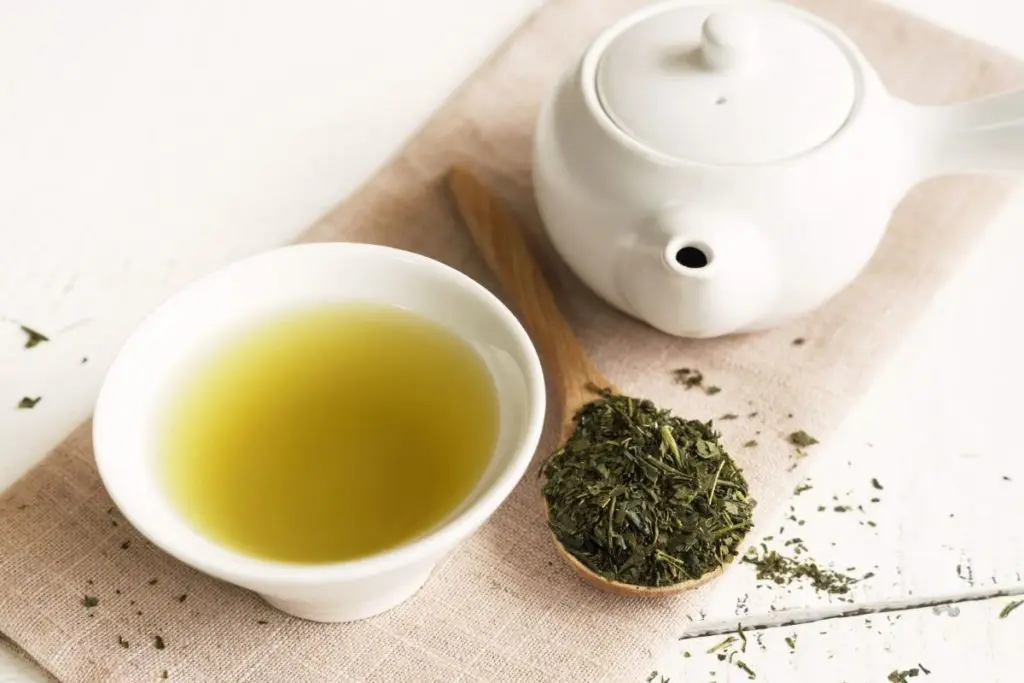
So, what exactly is green tea, and how is it different from white tea? Although green tea is made from the same plant, camelia sinensis, it is pan-fried or steamed, so the white hairs quickly come off in that process. This pan-frying makes the leaves (you guessed it) green, and also changes the flavor.
Flavor
Although, as with white tea, green tea can have various flavors depending on the producer, and how exactly it was made. There is always room for slight variation when it comes to tea flavors. However, most would describe green tea as grassy, often slightly sweet, and often containing floral notes.
Does it Contain Caffeine?
Yes! Both white and green tea contains caffeine, and, as mentioned before, the levels of caffeine can have a lot of factors, especially how hot the water used to steep the tea is, as well as how long it is steeped. One factor that strongly affects how much caffeine your tea contains is how young the buds or leaves were upon being harvested. The younger the leaf, the more caffeine it contains, while older leaves contain lower caffeine levels.
Benefits of Green Tea
1
Anti-aging Properties
Green tea, like white tea, has loads of polyphenols, which are strongly believed to help fight symptoms of aging. So, if you want to stay youthful and healthy, don’t forget to have some green or white tea throughout the day!
2
Keeps Cells Healthy
Epigallocatechin-3-gallate (EGCG) is a compound found in green tea and is a natural antioxidant. It can support preventing cell damage and is important for overall health. By preventing cell damage and, therefore cell death, EGCG is an incredible benefit of green tea that we should all utilize.
3
Helps with Energy and Focus
Considering that green tea contains caffeine, it is no surprise that it may help with cognitive functions and energy levels after ingestion. However, the L-theanine present in green tea interacts with caffeine and may provide even better benefits than caffeine alone. According to one study, the combination of L-theanine and caffeine work together to provide better cognition and ability to focus than caffeine alone.
White Tea vs Green Tea: The Showdown
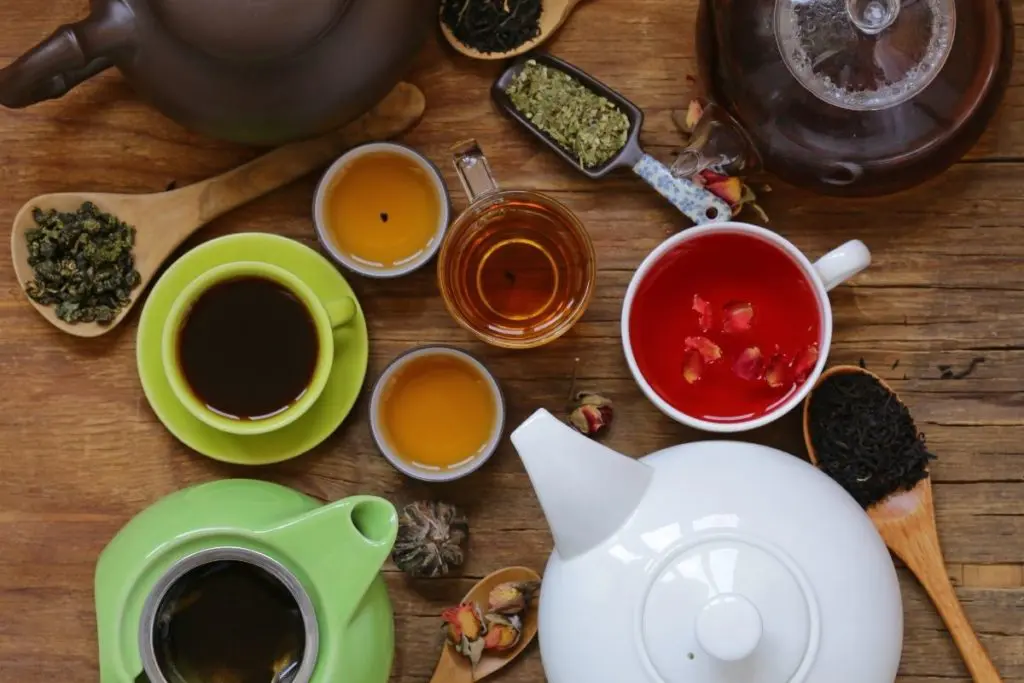
So, what’s the real comparison of white vs. green tea? Let’s start with the caffeine content.
White Tea vs. Green Tea Caffeine
Both teas contain caffeine. However, the levels are probably about equal. Of course, you have to consider that the caffeine level depends on how young the buds/leaves were when they were harvested, and that can vary on the batch of tea. Ultimately, it depends on what brand of green or white tea you buy, as well as how exactly it was processed. There are an incredible amount of variables, but the long story short is that both white and green tea has caffeine, although the levels may vary.
Here are just a few variables that affect the caffeine levels in your green, white, or even black teas:
White and Green Tea Caffeine Variables
- How you brew your tea
- How the leaves are processed
- The season the leaves are harvested in
- Where in the growth cycle the leaves are harvested
White Tea vs Green Tea Availability
Although you can easily find white or green tea at your local grocery store, green tea maybe just slightly more popular, in the US, at least. It has become more popular over the last few years, with green tea being used as an ingredient in all sorts of various cosmetic products, such as masks. This is most likely due to the antioxidants in green tea, although really, both green and white tea have them! Green tea is having a moment, however, so white tea is slightly less popular, currently.
Despite this, you can find white tea at your store, in all different variations of infusions. Better yet, go to an actual tea shop, you’ll probably be pleasantly surprised by how fun it can be to test various white or green tea infusions. And who knows? You just might find your new favorite tea infusion!
White Tea Benefits vs Green Tea Benefits
As you may have read above, we listed just a few of the benefits of both white and green teas. If you didn’t notice, polyphenols are very prominent in both white and green tea and provide the majority of health benefits that you can get from the teas. In this way, both green and white tea are very equal. Both contain polyphenols, and both contain all the wonderful benefits that go with ingesting polyphenols!
Here’s a quick list of all the things that both white and green tea can do to benefit you:
White and Green Tea Benefits
- May boost metabolism
- May improve heart health
- Helps oral hygiene due to fluoride
- Polyphenols help with immune health, aging, and inflammation, just to name a few things!
White Tea vs Green Tea Flavor
Because white and green tea is infused with other flavors frequently, we won’t get into every single flavor variation that is commonly mixed with white and green teas. However, here’s a brief collection of common descriptions for white and green tea!
White Tea Flavor
- Mild
- Lightly Sweet
- Fresh
- Slightly Grassy
Green Tea Flavor
- Grassy
- Nutty
- Earthy
- Fresh
- Toasted
These are just a few common words people use to describe the flavor of green and white tea, but truthfully, you’re going to have to try it yourself to decide which you prefer! Not to mention how many other herbs and spices can be mixed with the teas to make them taste even more exquisite.
So, White or Green?
Both teas have delicious, unique flavors and infusion options When it comes to health, they both are rich in antioxidants, and they each can have varying levels of caffeine, as well. Ultimately, when it comes to choosing white tea vs green tea, you’re going to have to decide for yourself! They are both tasty in their own ways, and you can’t go wrong with either option.
Further Reading
